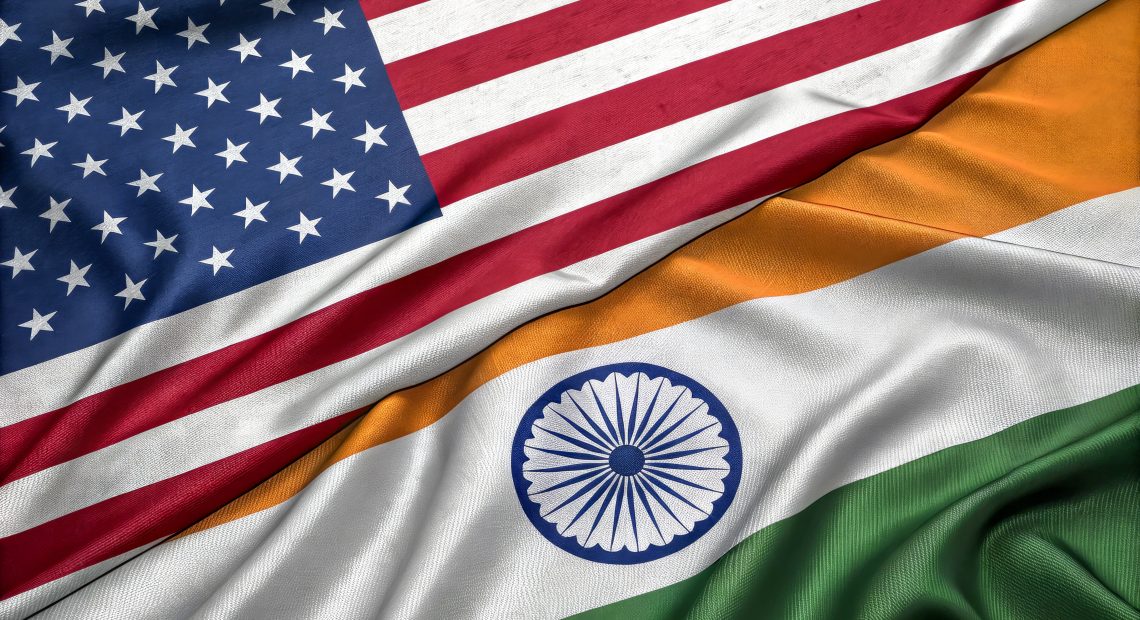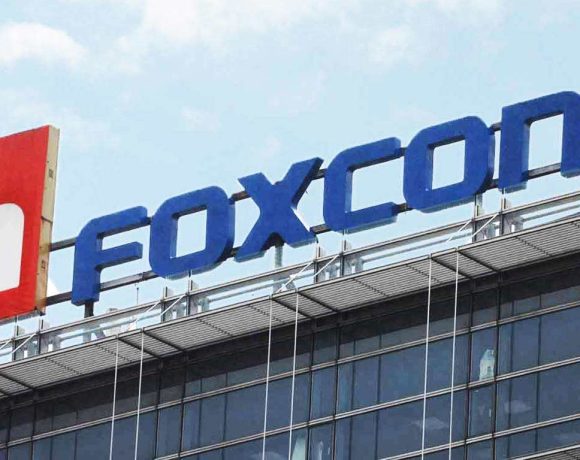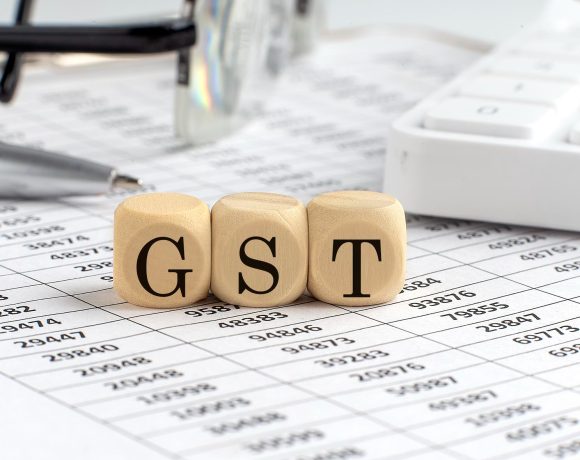
India Pushes Back on US “Take-It-Or-Leave-It” Trade Demands
India has firmly rejected Washington’s “take-it-or-leave-it” trade demands, especially those seeking access to highly sensitive sectors such as agriculture, dairy, digital services, and medical devices. This assertive stance was conveyed during a recent round of trade talks held from June 4 to June 10, as the deadline for a 90-day tariff truce between the two countries approaches on July 8.
India US Trade
The United States has been urging India to make broad commitments, including major tariff reductions and removal of non-tariff barriers, but Indian officials reportedly found the demands to be skewed heavily in favor of American exporters. “The negotiations are not progressing as expected… the US team’s insistence on opening certain critical sectors comes across as a take-it-or-leave-it offer,” said sources familiar with the talks.
While the US has framed its offer as an opportunity to conclude a limited trade deal, India remains cautious. In particular, India has maintained its long-standing resistance to opening up the dairy sector unless the US certifies that its dairy products come from cattle fed on a vegetarian diet. This issue has historically been a dealbreaker due to religious and cultural sensitivities in India.
Market Access Stalemate
Despite the deadlock over dairy and medical devices, India has expressed some flexibility in reducing tariffs on select products like almonds, walnuts, and certain fruits. However, the larger issue remains: India is looking for more balanced concessions that also support its own export sectors and small-scale industries.
Complicating matters further is the looming risk that, in the absence of an agreement, Indian goods could face a 10 percent blanket tariff along with an additional 16 percent country-specific duty in the US. Such a move would seriously impact key Indian exports like textiles, seafood, and agricultural products.
Tariff Pause Deadline
Negotiators from both sides are working against the clock to arrive at at least an interim understanding before July 8. While some officials remain cautiously optimistic, others believe that without meaningful flexibility from the US, the talks may not yield significant outcomes. “It’s not that it can’t be done… India was the first country to be offered a trade agreement… we are trying our best to make it happen and keep the trade dialogue on track,” a senior official noted.
India has also raised concerns over strict US sanitary and phytosanitary norms, which often lead to the rejection of export consignments on minor technical grounds. These issues have compounded the sense that the current trade framework disproportionately favors American producers without adequately addressing Indian trade interests.
With time running out, the focus now shifts to whether both nations can break the impasse and pave the way for a comprehensive trade deal later this year, or if the tariff truce will end with renewed trade barriers on both sides.


















